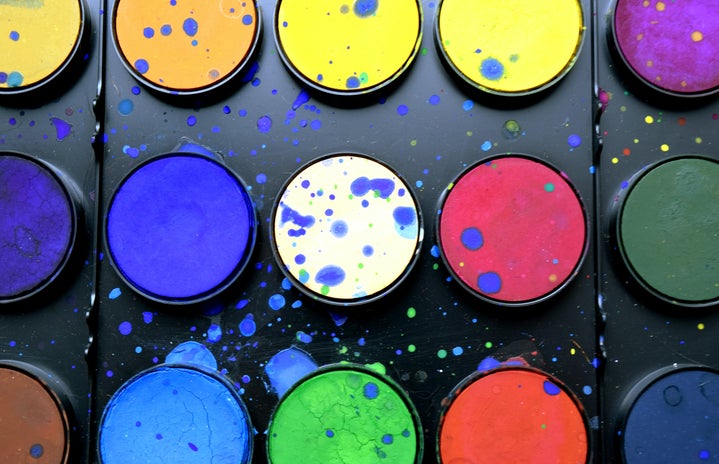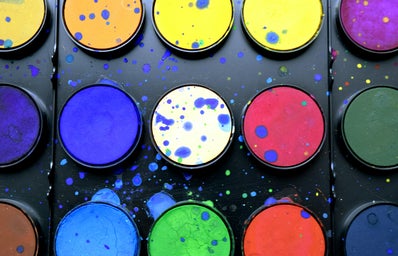Name: Ashli Sisk
Hometown: A small beach town outside of San Francisco….Pacifica, California
Department: Art
Where did you grow up and go to school?
I grew up in Pacifica. I took a pretty indirect route through school. I dropped out, then ended up going to community college getting an Associates degree, and transferring…. When I got to San Francisco Art Institute, they noticed I had no Highschool equivalency, so and found myself with a degree, rushing to a GED center to take the GED , so I wouldn’t be kicked out. After SFAI, I moved to NJ to study at Montclair State University.
What made you choose art as a career path?
While I have always been making art on some level, whether it was visual art or performance, or costumes. My early approach to my education was to pick things that seemed practical: Animal Health Sciences for example, and after that, Cultural Anthropology. The whole time I studied these other disciplines I as cramming in as many art classes as I could. As I was completing my Anthropology Associates, I reviewed my transcripts and found I had enough arts credits to transfer to an art school.
What does your art mean to you and what do you want it to mean to others?
In a broad sense, my work is a meditation on being human during the 6th extinction. I paint about it because painting is something humans have done since the dawn of humanity. Because the work is often figurative animals, the viewers sometimes use the animal figures as a mirror for themselves. Essentially whenever we are talking about extinction and preservation of species we are thinking about our own preservation.
What, to you, is the most important piece you have made?
I was invited to paint a mural for The National Audubon Society in Harlem, to celebrate Audubon’s life and work, but also to call attention to the endangered birds on the planet and the importance of pollinators. I was humbled by how the neighborhood reacted to this piece: The community got together and started a garden surrounding the mural, to add more plants and flowers for the pollinators to thrive on.
What do you plan on doing in the future with your art?
I just completed a collaboration with long time friend and fellow animal painter Sarah Soward, we have been mailing art and collaborating on work together for a year. We just finished an exhibition in Manhattan and have released a merch and print series based on this work. I am still making works that benefit the international rhino foundation. I am also writing a book.
Where do you plan on going from here?
Most working artists have several jobs and careers at once It’s not linear. I really enjoy the student body of Molloy College so I hope to work with them as long as I can. I also enjoy working at the arts non for profit in Manhattan, where I offer art teaching to underserved school populations and at-risk youth. I see teaching as the counterbalance to my studio practice of art making and exhibiting.
Are you working on anything right now that you would like people to know about?
The print and merch series Sarah and I did with our recent collaboration as SiSo Draft are available here: https://society6.com/sisodraft There are a few originals still available as well.
I have curated an exhibition which is up til December. Three Witches https://scontent-lga3-1.xx.fbcdn.net/v/t1.0-9/14724639_10154656537522692_1632352681599938239_n.jpg?oh=33242b4b7768a1ee7c15e6ea0eb00da4&oe=58D0815E
With registration coming up soon, what classes do you teach at Molloy?
This Spring I am teaching Medical Humanities, which is art focused liberal arts class aimed at science and medicine majors.I am also teaching Success Strategies for Arts Careers which is course tailored to each student’s goals and art practice, helping them make important steps in their career. I also teach History and Cultural Meaning of Tattoos, History of Grafitti.
What class is your favorite to teach?
I really enjoy the Medical Humanities classes, as I get to work across disciplines to create new perspectives. I also really enjoy teaching Color Theory and Advanced design as color and design as such fundamental components of art making, and it’s wonderful to see how the various artists and designers in my class interpret the same principles of design and color through their own point of view.

